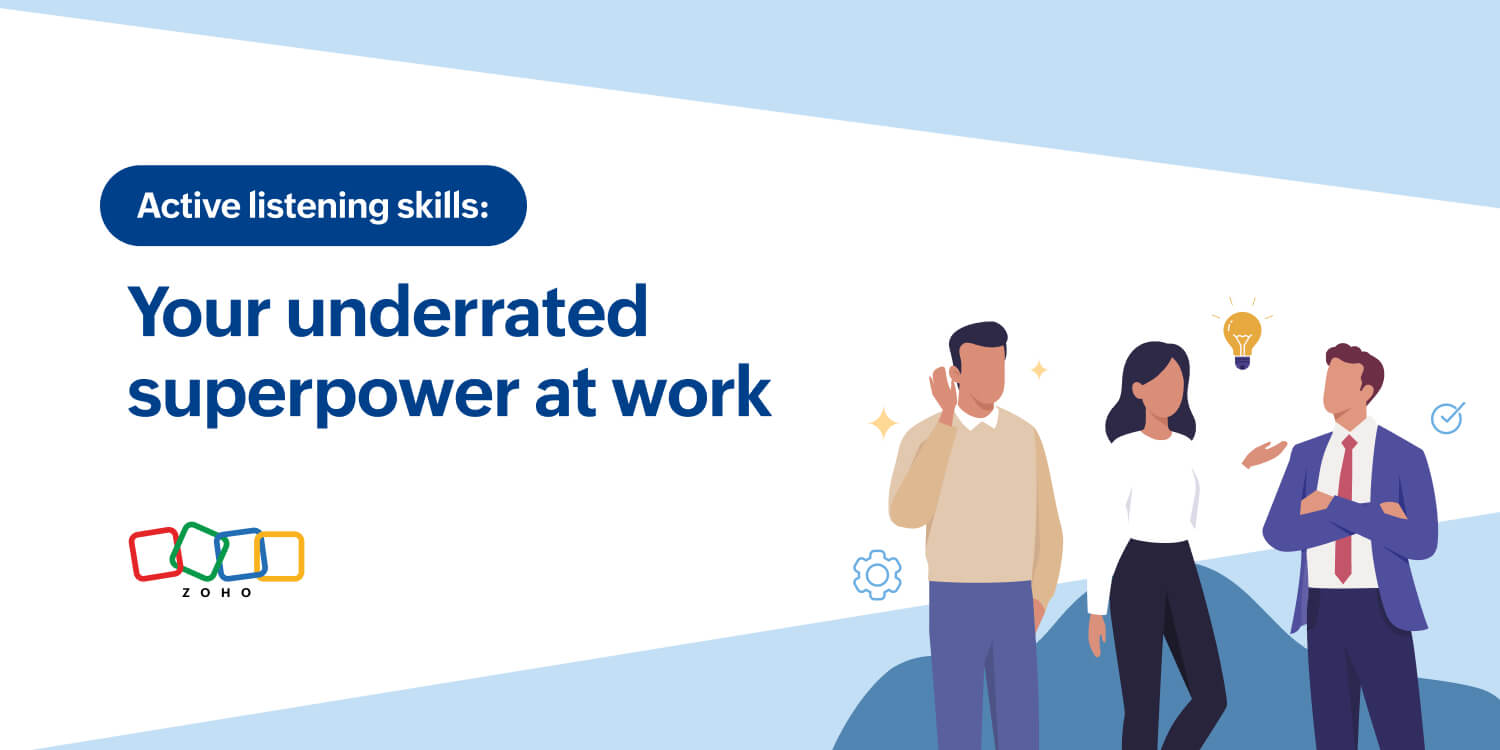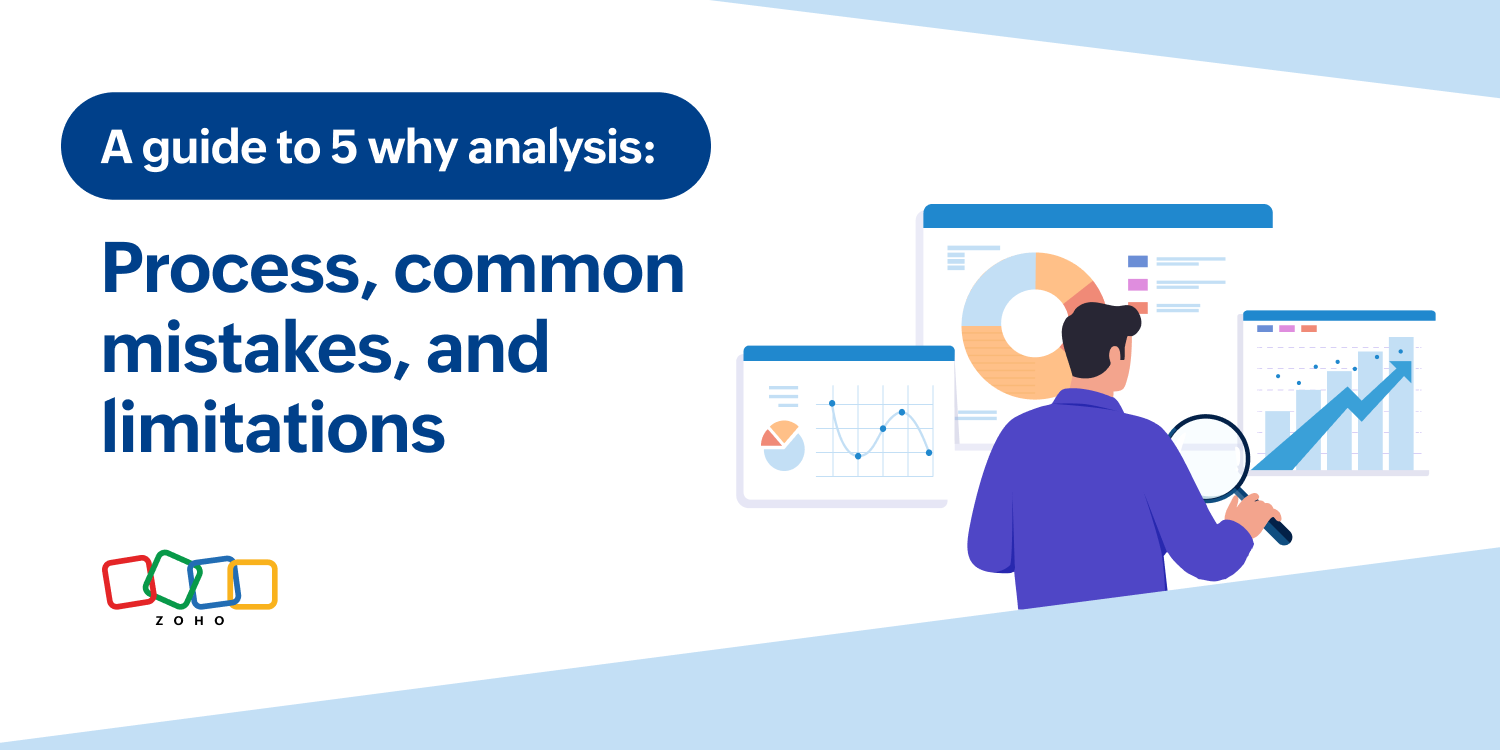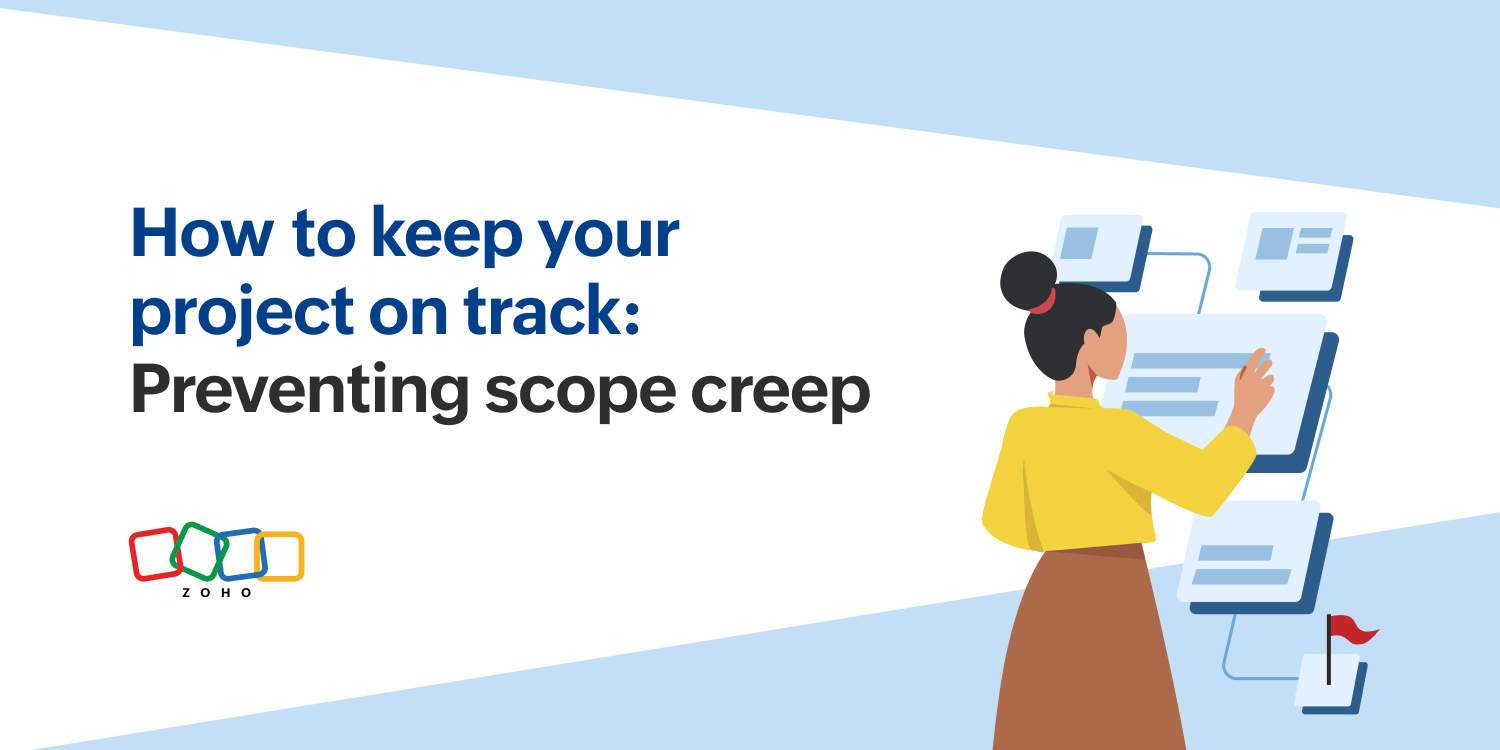- HOME
- All Topics
- Productivity in the workplace
- "Give me a break!" How planned breaks can transform your workday
"Give me a break!" How planned breaks can transform your workday
- Published : March 27, 2025
- Last Updated : June 2, 2025
- 276 Views
- 12 Min Read
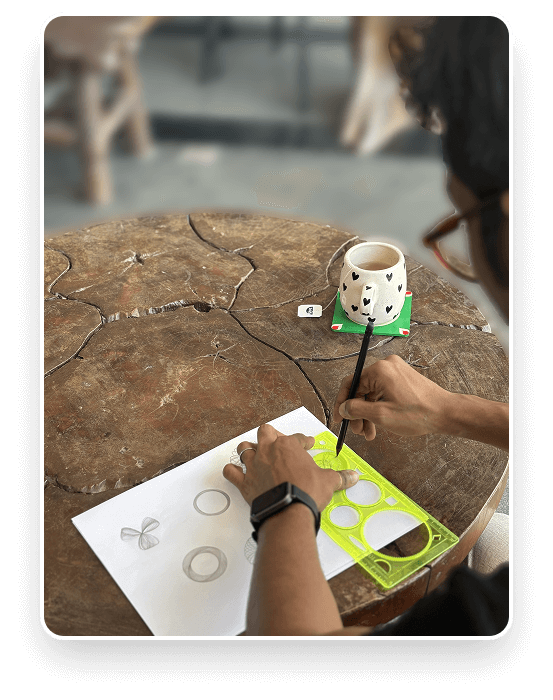
You know those moments when you just need to step away from your work? Well, this is my colleague's version. When he hits that midday wall, he doesn't just stare blankly at his screen. A freshly brewed cup of tea, a few sketches, and boom, he's back at it, claiming it's the best way to ditch the stress and get his focus back. Honestly, I'm starting to think he's onto something.
The glorious myth of "more work equals more productivity" is a seductive idea, isn't it? We've all been there, convinced that if we just push a little harder, work a little longer, we'll magically transform into productivity superheroes.
And, let's be honest, the internet isn't helping. We're bombarded with images of CEOs who apparently rise with the roosters, conquer the world before breakfast, and somehow manage to schedule their bathroom breaks with military precision. You'd think they're not humans, but highly efficient robots powered by ambition and caffeine.
The result? Many of us, in a desperate attempt to keep up, adopt the "grind" mentality. We skip lunch, work through the evening, and treat weekends like extended weekdays. We tell ourselves it's dedication.
Sustainable productivity requires balance. Taking regular breaks, prioritizing self-care, and setting healthy boundaries aren't signs of weakness; they're essential for long-term success and well-being.
This article isn't about telling you to work harder or longer. Quite the opposite, actually. We're diving deep into the world of planned breaks during work hours. And no, we're not talking about those "breaks" where you scroll through social media for five minutes (or fifty, if you are doomscrolling). We're talking about real, intentional breaks that actually recharge your batteries.
We'll show you how planned breaks at work can reduce stress, improve your mood, and even make you a more pleasant coworker. Think of it as a productivity hack disguised as self-care. And who doesn’t love a good hack?
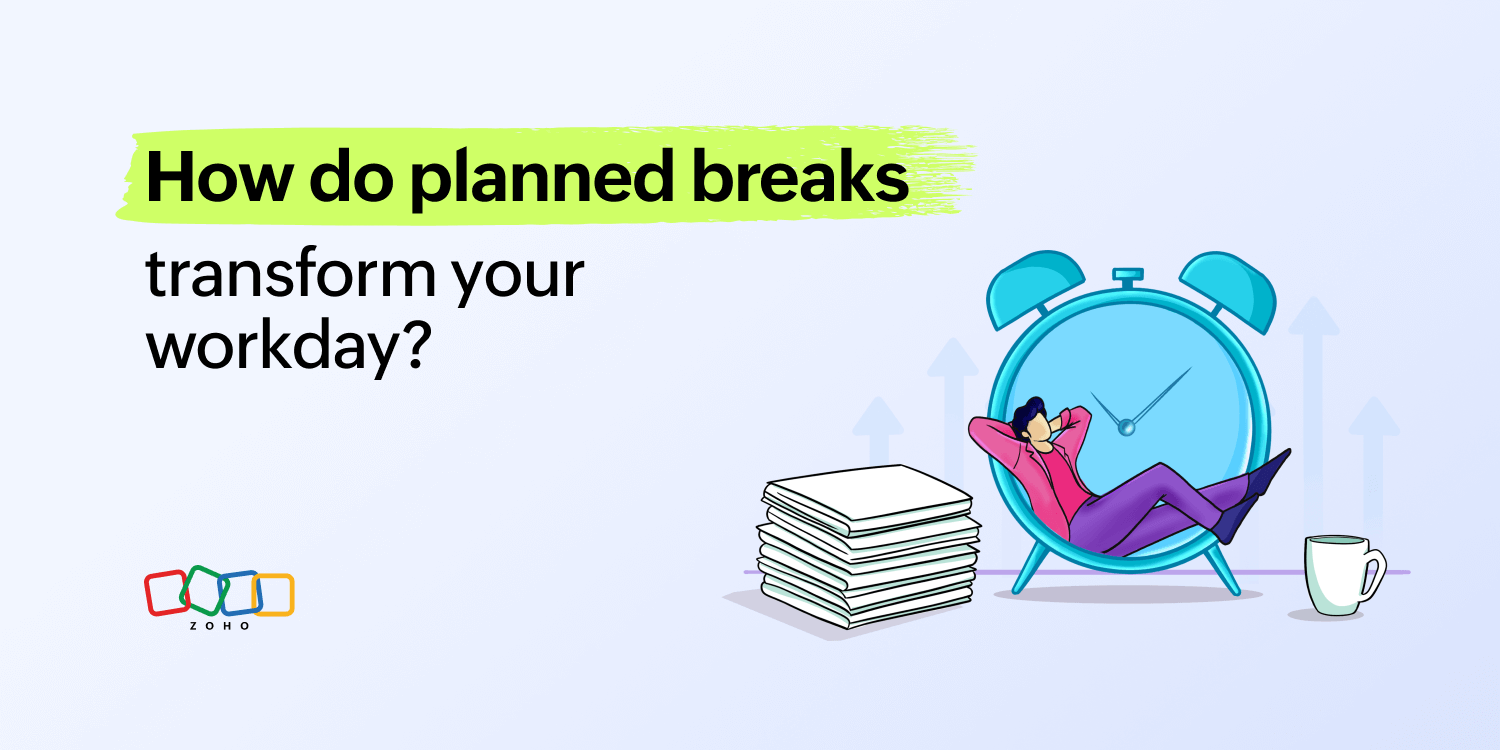
The importance of planned breaks
Alarmingly, 77% of workers say they're burnt out at their jobs, according to a study.
Taking a planned break during work is your chance to step away from the digital chaos, stretch your legs, and remember what sunlight feels like. It's not about being lazy; it's about being strategically lazy. You're not wasting time; you're investing in future productivity. It's like charging your phone–you wouldn't expect it to run all day without a boost, would you?
A short walk, a quick chat with a colleague (about anything but work), a moment to just breathe–these seemingly small breaks can work wonders. They clear the mental cobwebs, refresh your focus, and even spark creative ideas. You might even discover that the solution to that tricky problem pops into your head while you're making a cup of coffee. (Or, if you're like me, while you're trying to remember where you left your coffee mug.)
The science behind breaks and productivity
Let's talk about the brain, that magnificent, albeit slightly temperamental supercomputer we all carry around inside our heads. You may think it's designed to run non-stop, but it turns out that even our brains need a "Ctrl+Alt+Delete" every now and then. And yes, it's backed by science.
Cognitive load theory
Imagine trying to cram a week's worth of laundry into an already overflowing suitcase–eventually, something's going to burst. That's your brain when it's overloaded. It needs downtime to sort through the mental clutter, file things away, and maybe even take a little nap.
Ultradian rhythms
The name sounds like something out of a sci-fi movie, but it's actually just your body's natural work/rest cycle. Think of it as your brain's internal timer, reminding you that you're not a marathon runner, but more of a sprinter.
Working in 90-minute focus blocks—like a well-structured animation movie—with short breaks in between is way more effective than trying to binge-watch your tasks for hours on end.
The neuroscience of breaks
Turns out, stepping away from your work isn't just a sign of laziness; it can actually boost your brain activity. It's giving your brain a chance to wander off and explore new ideas. When you come back, you're not only refreshed, but you're also better at problem-solving and remembering things.
How to take effective breaks
"Taking a break" can easily turn into a black hole of social media scrolling or a sudden, urgent need to reorganize your sock drawer. Therefore, to take structured breaks, we need a system, a method…a technique.
1. The Pomodoro technique
The Pomodoro technique is actually a simple, yet brilliant, way to structure your work and break time. You set a timer for 25 minutes and dive into your work, focusing like a laser beam on a single task.
Then, ding! The Pomodoro timer goes off, signaling it's time for your well-deserved 5-minute break. Get up, stretch, grab a glass of water, maybe even do a little victory dance (no judgment here). The point is to completely step away from your work and let your mind wander.
After four Pomodoros, you get a longer break, a well-earned standing ovation for your brain for all of its hard work.
Why does this work? Well, it's all about tricking your brain into focusing. Those 25-minute bursts feel manageable, like tiny, conquerable mountains. And those 5-minute breaks? They're like little rewards, keeping you motivated and preventing burnout.
2. The 90-minute work cycle
Let's delve into a slightly longer, more substantial work cycle that aligns with your body's natural rhythms: the 90-minute work cycle. This approach acknowledges that our brains, while powerful, aren't designed for endless, uninterrupted focus.
Imagine your focus as a wave, ebbing and flowing naturally. The 90-minute cycle aligns with our ultradian rhythms, the biological cycles that govern our energy levels. During this period, you dedicate yourself to focused, deep work, tackling tasks that require concentration and strategic thinking.
It's a focused sprint, rather than a marathon. You're giving your full attention to the task at hand, minimizing distractions and maximizing output. No checking social media, no responding to non-urgent emails–just pure, concentrated work.
Then, after 90 minutes, it's time for a proper break. Not a quick glance at your phone, but a genuine 15- to 20-minute respite. Step away from your workspace. Go for a short walk, listen to music, engage in a relaxing activity. Give your brain a chance to reset and recharge.
This longer break is crucial for processing information, restoring cognitive function, and preventing mental fatigue. It allows your brain to transition from focused work to a more diffuse, creative state, which can actually spark new ideas and solutions.
3. Movement-based breaks
Time to move on to the breaks that get you moving. We all know that sitting for hours on end isn't exactly a recipe for peak performance. But what if your breaks could actually boost your energy and focus? That's where movement-based breaks come in.
Short walks, stretching, or even simple desk exercises can make a world of difference. It's about breaking the monotony of sitting and getting your blood flowing.
Imagine this: You've been staring at a screen for an hour, your shoulders are tight, and your brain feels like it's running on dial-up. Instead of reaching for another cup of coffee, try a quick walk around the office. Even a five-minute stroll can clear your head, improve circulation, and give you a fresh perspective.
Or, if you're short on time, try some simple stretches right at your desk. A few shoulder rolls, neck stretches, or even a quick standing stretch can release tension and improve your posture. Give your body a little tune-up, keeping it limber and ready for action.
Desk exercises are another great option. Think about doing some quick calf raises, leg extensions, or even seated twists. These small movements can help prevent stiffness, improve energy levels, and even boost your mood.
4. Mindfulness and relaxation
In the midst of a demanding workday, sometimes the most productive thing you can do is…nothing. Or, at least, nothing in the traditional sense. Let's explore the power of mindfulness and relaxation breaks, a vital tool for restoring mental clarity and managing stress.
These breaks are about enhancing your ability to handle stressful work. Imagine your mind as a muscle–it needs periods of rest and recovery to perform at its best.
Deep breathing exercises are a simple yet powerful way to calm the nervous system. A few minutes of focused breathing can lower your heart rate, reduce anxiety, and improve concentration.
Meditation, even in short bursts, can cultivate a sense of inner peace and focus. It's about training your mind to be present in the moment, rather than dwelling on the past or worrying about the future.
Then there's the strategic power nap. A brief 10 to 20 minute nap can significantly boost alertness and cognitive function. It's like a quick recharge for your brain, giving you a surge of energy without the grogginess of a longer sleep.
The benefits of taking planned breaks
Taking breaks at work are all about strategically enhancing your performance and well-being.
1. They boost focus and productivity
By stepping away from your tasks, you're giving your brain a chance to reset, preventing that dreaded feeling of being overwhelmed. This translates directly to boosted focus and productivity.
2. They enhance creativity
Breaks are also a catalyst for creativity. When you step away from a problem, your subconscious mind takes over, working behind the scenes to generate new ideas and solutions. You give your brain a little playground, where it can explore and innovate freely.
3. They improve physical and mental health
Let's not forget about your health. Planned breaks are essential for both your mental and physical well-being. They reduce stress, alleviate eye strain, and prevent back pain–common culprits of a sedentary workday. It's about prioritizing your health, ensuring you're not just surviving, but thriving.
4. They strengthen workplace relationships
Finally, social breaks can strengthen workplace relationships. A quick chat with a colleague or a shared coffee break can improve team dynamics, foster a sense of camaraderie, build connections, and create a positive work environment.
5 common myths about taking breaks
Let's debunk some persistent myths surrounding taking breaks, those little respites that are often misconstrued as signs of laziness or inefficiency. The truth is, these myths are doing more harm than good, keeping us chained to our desks and ultimately hindering our productivity.
Myth 1: "Breaks are a waste of time."
It's a tempting thought, especially when deadlines are looming and tasks are piling up. But here's the truth: that belief is a productivity myth, pure and simple.
The reality is, breaks aren't about slacking off; they're about strategically enhancing your efficiency. A marathon runner doesn't run the race at full speed. They pace themselves, conserving energy for bursts of speed. Similarly, your brain needs periods of rest to function at its peak.
By taking planned breaks at work, you're actually preventing cognitive overload. When your brain is constantly bombarded with information, it becomes less efficient at processing and retaining data. This leads to decreased focus, poor decision-making, and, ultimately, a decline in productivity.
Breaks allow your brain to reset and recharge. They provide a much-needed mental breather, helping you to return to your tasks with renewed focus and clarity. Workday breaks, including activities like taking walks or a short nap, can lead to a 13% boost in employee productivity.
Myth 2: "If I take a break, I'll lose my momentum."
You may think that if you step away from your work, even for a moment, you'll somehow unravel the delicate thread of focus you've painstakingly woven. But the truth is, this belief often leads to counterproductive behavior and ultimately, diminished momentum.
Let's go back to the marathon runner's example. What happens if they try to sprint during the race? They might have a burst of speed initially, but without pacing and strategic breaks, they'll inevitably hit a wall and lose all momentum. Similarly, our brains aren't designed for sustained, uninterrupted focus.
Breaks can actually maintain and even boost your momentum. They prevent burnout, the insidious force that grinds our productivity to a halt. By taking short, intentional breaks, you're refueling your mental engine, ensuring that you can continue at a steady pace.
Myth 3: "I don't have time for breaks."
It's a common refrain, a badge of honor for the perpetually busy. But what if that very belief is sabotaging your productivity?
We often equate busyness with productivity, believing that every minute spent away from our tasks is a minute wasted. But in reality, pushing through without breaks leads to diminished focus, increased errors, and ultimately, a longer, less efficient workday.
Imagine a computer running multiple resource-intensive programs simultaneously. It eventually slows down, freezes, or crashes. Our brains function similarly. Without regular pauses, we experience cognitive overload, leading to decreased performance and increased stress.
Taking breaks is about shifting your perspective from quantity to quality. Instead of focusing on the sheer amount of time spent working, prioritize the quality of your work. By taking breaks, you're ensuring that the time you do spend working is productive and effective.
A 5-minute walk or a brief meditation session can prevent hours of wasted time spent staring blankly at a screen, trying to force your brain to function. In the long run, those short breaks translate to significant time savings and improved output.
So, let's reframe the narrative. It's not that you don't have time for breaks; you just don't have time to be unproductive.
Myth 4: "Breaks are only for physical rest."
This common misconception often leads to neglecting a crucial aspect of our well-being: mental rejuvenation. We tend to associate breaks with physical activities like stretching or taking a walk, but the reality is, our minds need just as much, if not more, downtime.
While physical breaks are undoubtedly beneficial, they don't address the mental strain we experience throughout the workday. That's where mental rest comes in.
Mindfulness exercises, such as deep breathing or meditation, can calm the nervous system and reduce stress. They're like a mental spa day, allowing your brain to unwind and recharge. Even a few minutes of quiet contemplation can make a significant difference.
Stepping away from your screen and engaging in a non-work-related activity, like reading a book or listening to music, can also provide mental respite. It's about giving your brain a chance to switch gears and focus on something completely different.
Prioritize mental rest, and you'll find yourself returning to your work with renewed focus, creativity, and resilience.
Myth 5: "Taking a break makes me look unprofessional."
This myth, unfortunately, still lingers in many workplaces, creating a culture where constant "busyness" is mistaken for productivity. But here's the hidden truth: Taking strategic breaks isn't a sign of weakness; it's a hallmark of effective self-management.
Just like skilled athletes recognize the importance of recovery for optimal performance, employees must prioritize breaks and demonstrate a sophisticated understanding of their own cognitive and physical needs.
In a healthy work environment, taking planned breaks suggests that you're not working hard, but working smart.
A colleague who consistently works through lunch breaks and stays late might appear dedicated, but are they truly maximizing their output? More often than not, they're sacrificing efficiency and potentially contributing to burnout.
But a professional who takes short, intentional breaks at work demonstrates an awareness of their own limitations and a commitment to maintaining peak performance.
Creating a culture that encourages breaks
Cultivating a workplace culture that genuinely encourages breaks isn't just a nice-to-have; it's a strategic imperative for fostering productivity, well-being, and a thriving team environment. Let's explore how to move beyond lip service and create a culture where breaks are truly valued.
1. Lead by example
- The most powerful way to encourage breaks at work is to demonstrate their importance. Leaders and managers should actively take breaks themselves, showcasing that it's not only acceptable, but it's encouraged.
- This sets a precedent and signals that breaks are an integral part of a healthy work/life balance.
2. Normalize breaks through open communication
- Create a safe space for open conversations about the importance of breaks. Share research and articles that highlight the benefits of rest and recovery.
- Encourage employees to share their own experiences and strategies for taking effective breaks.
3. Integrate breaks into the workflow
- Schedule short breaks into team meetings or project timelines. This reinforces the idea that breaks aren't an afterthought, but a planned and essential part of the workday.
- Consider implementing tools or reminders that encourage employees to take regular breaks.
4. Provide dedicated break spaces
- Create comfortable and inviting break areas where employees can relax and recharge. This can include spaces for quiet reflection, social interaction, or physical activity. For example, a study found that companies that encouraged meditation programs for their staff experienced an 85% reduction in employee absences.
- Ensure that these spaces are easily accessible and equipped with amenities that promote relaxation.
5. Promote flexibility and autonomy
- Empower employees to take breaks when they need them, rather than adhering to rigid schedules. Trust them to manage their time effectively and prioritize their well-being.
- Offer flexible work arrangements that allow employees to structure their day in a way that supports their individual needs.
6. Celebrate and acknowledge breaks
- Recognize and celebrate employees who prioritize their well-being by taking regular breaks. This could be through informal acknowledgments or formal recognition programs.
- Share success stories of how taking breaks at work has positively impacted productivity and well-being.
7. Address the “always on” mentality
- Explicitly address the culture of overwork and the pressure to be constantly available. Encourage employees to disconnect from work during non-work hours.
- Establish clear boundaries between work and personal time.
By implementing these strategies, organizations can create a culture where breaks aren't just tolerated, but celebrated.
Wrapping up
The key takeaway is that breaks aren't a one-size-fits-all solution. They should be tailored to address both physical and mental needs.
It's about recognizing that true well-being comes from a holistic approach, one that nourishes both body and mind.
Now that you know the benefits of planned breaks at work, why not put them to the test? Start by scheduling short, intentional breaks throughout your workday—whether it’s a quick walk, a few minutes of stretching, or a mindful breathing exercise.
Notice how it affects your focus, energy levels, and productivity. Do you feel more refreshed? More creative? We’d love to hear from you! Share your experiences in the comments below.
 Prashanth
PrashanthPrashanth is a Senior Product Marketer in the Zoho Workplace team who focuses more on Workplace productivity and how teams can work better. He loves bringing a creative element to his work. He enjoys traveling, writing, reading, and playing badminton.












